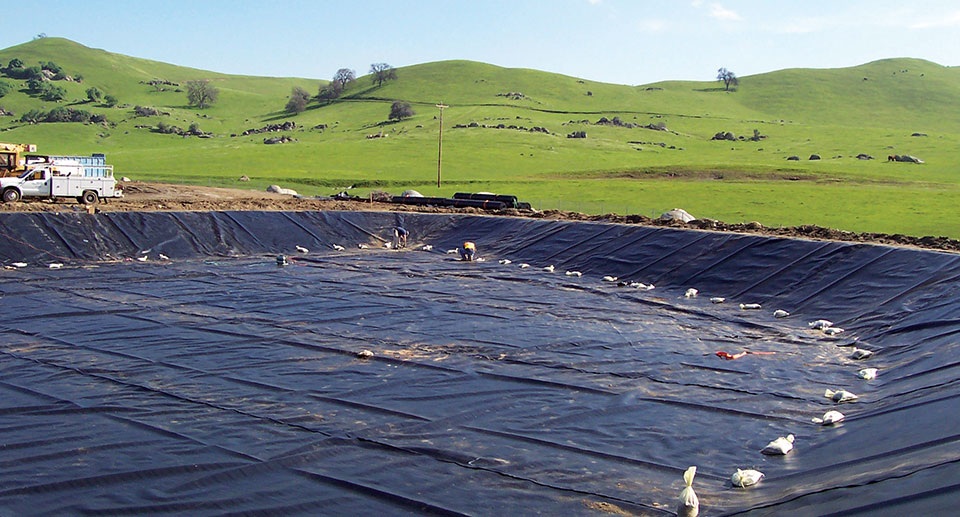In the realm of environmental engineering and construction, ensuring the highest standards of quality is paramount to the success and longevity of containment systems. Geomembranes, particularly High-Density Polyethylene (HDPE) liners, have become indispensable components in various containment applications, ranging from hazardous waste containment to water resource management. As the demand for reliable and durable solutions continues to rise, HDPE liners stand at the forefront of quality assurance in geomembrane solutions.
HDPE Pond Liner are manufactured from high-density polyethylene resins, renowned for their exceptional strength, flexibility, and chemical resistance. These geomembranes are engineered to provide impermeable barriers that prevent the migration of contaminants, ensuring environmental protection and public safety. However, the effectiveness of HDPE liners hinges on rigorous quality assurance measures implemented throughout the manufacturing, installation, and service life stages.
At the manufacturing stage, stringent quality control protocols are essential to ensure the consistency and integrity of HDPE liners. This includes comprehensive testing of raw materials, precise formulation of resin blends, and meticulous monitoring of production processes to minimize variations and defects. Quality assurance measures such as thickness testing, tensile strength testing, and seam testing are employed to verify compliance with industry standards and project specifications.
Furthermore, third-party certifications and accreditations play a crucial role in validating the quality and performance of HDPE liners. Manufacturers often undergo independent audits and assessments to demonstrate compliance with relevant regulations and standards, providing assurance to customers and stakeholders regarding the reliability and suitability of their products for specific applications.
During installation, adherence to best practices and quality assurance protocols is essential to ensure the proper placement and integrity of HDPE liners. This involves meticulous surface preparation, precise panel placement, and meticulous seam welding techniques to achieve seamless and watertight containment systems. Quality assurance inspections and field testing are conducted to verify compliance with installation specifications and to identify any potential issues that may compromise containment effectiveness.
Once installed, ongoing monitoring and maintenance are critical to ensure the long-term performance and integrity of HDPE liners. Regular inspections, leak detection surveys, and integrity assessments help identify any deterioration or damage that may occur over time, allowing for timely repairs or remediation actions to prevent environmental incidents.
The reliability and durability of HDPE liners make them an ideal choice for a wide range of containment applications, from landfills and mining operations to agricultural ponds and industrial facilities. By prioritizing quality assurance throughout the entire lifecycle of geomembrane solutions, stakeholders can ensure the effectiveness, longevity, and sustainability of containment systems, thereby safeguarding the environment and public health for generations to come.
In conclusion, HDPE liners exemplify the importance of quality assurance in geomembrane solutions, setting the standard for reliability, durability, and performance in containment applications. By adhering to rigorous quality control measures, certifications, and best practices, stakeholders can have confidence in the effectiveness and integrity of HDPE liners as essential components of environmental protection and infrastructure development initiatives.


